Assistive Cornhole Device
by REARLab in Circuits > Assistive Tech
487 Views, 0 Favorites, 0 Comments
Assistive Cornhole Device
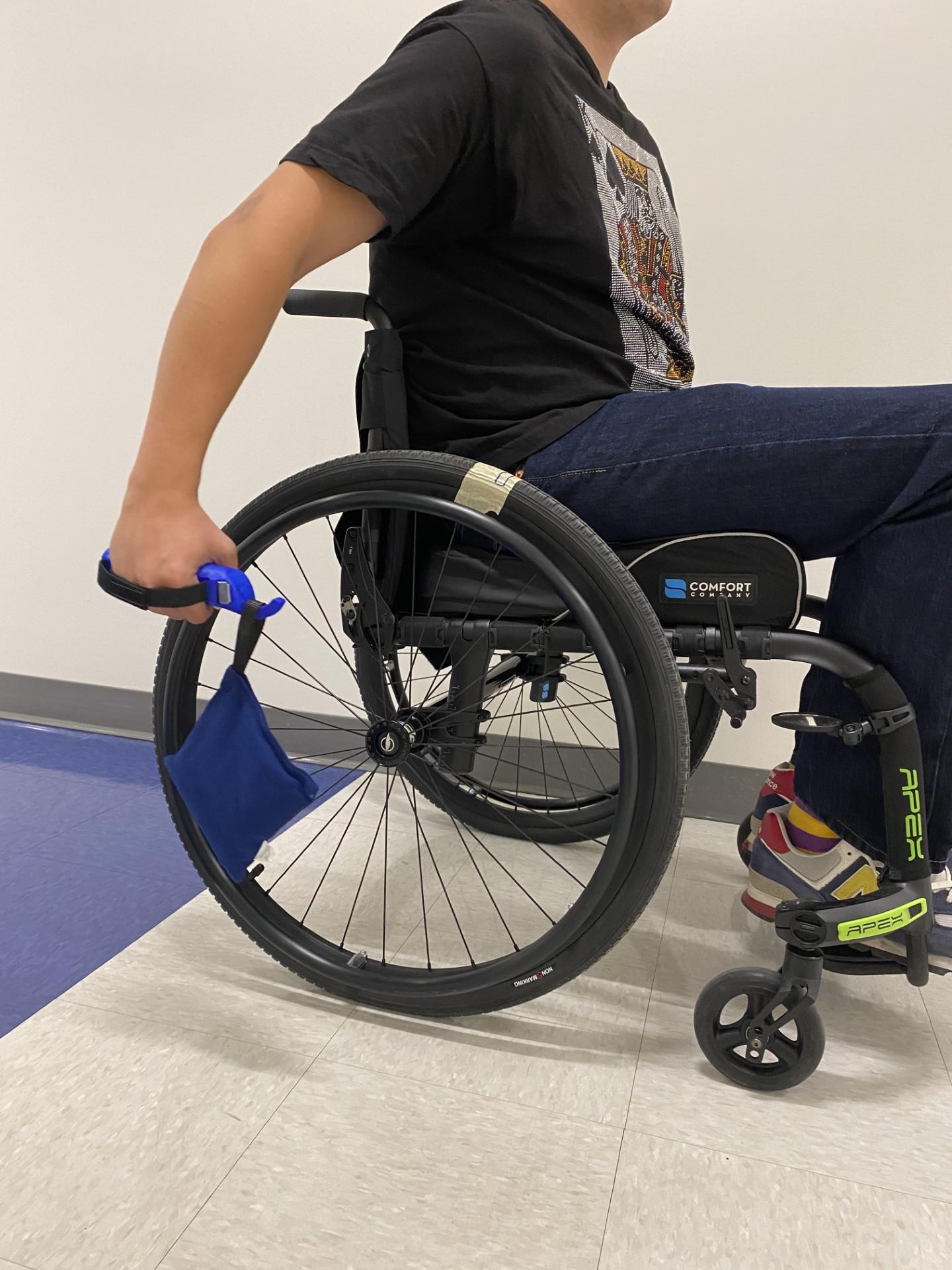
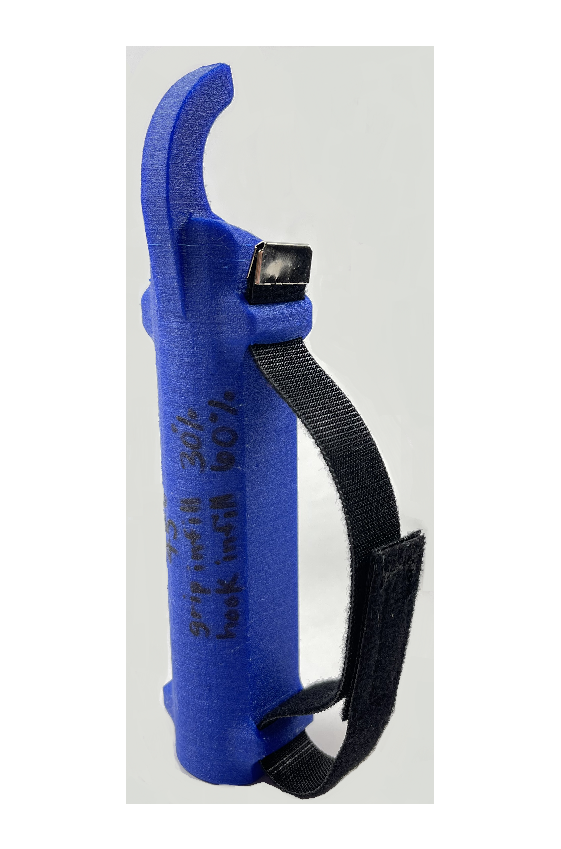
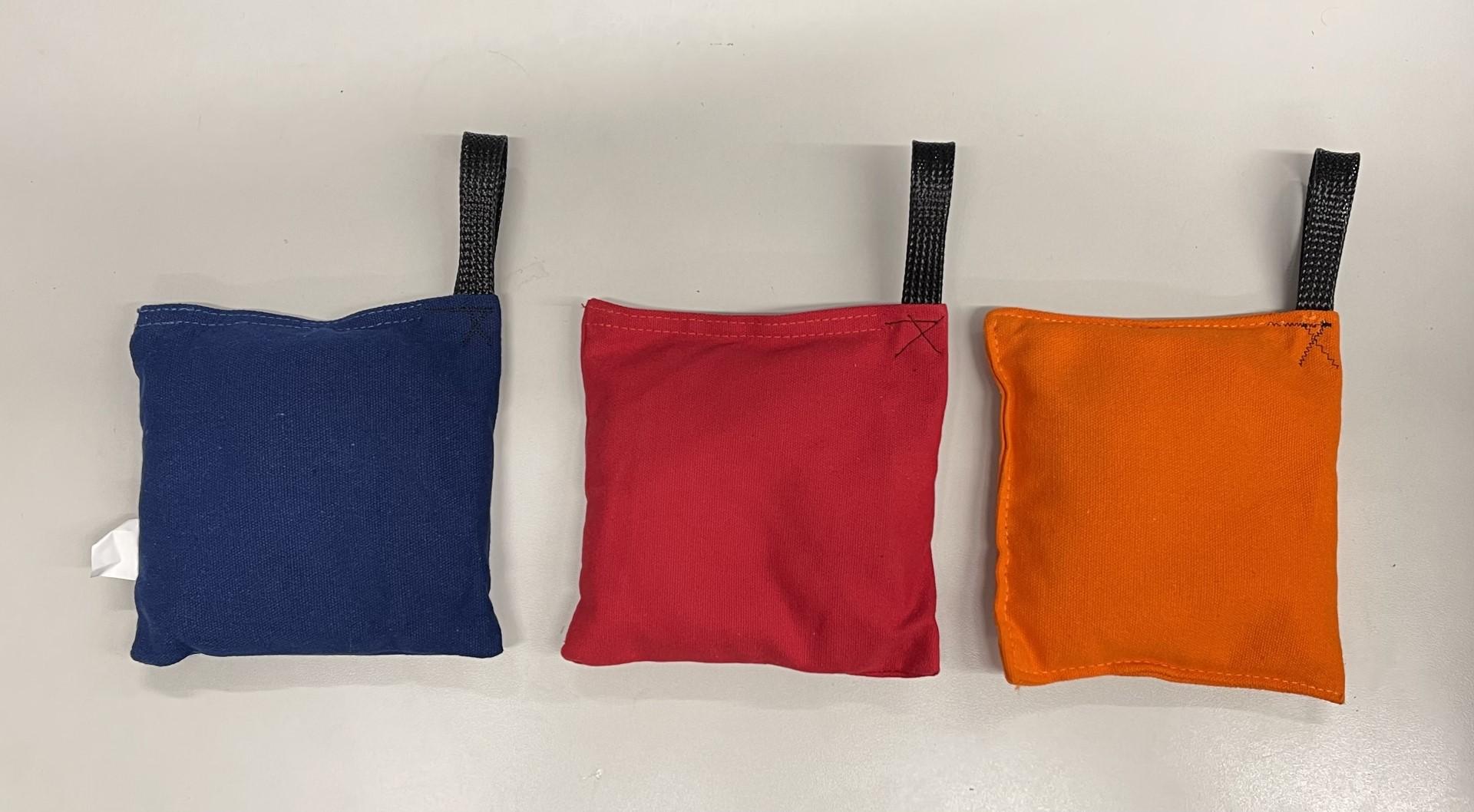
This document describes the materials and process required to fabricate the Assistive Cornhole Device, including the Hook, Hand Strap and Modified Bean Bag, shown above.
The device helps individuals with limited grip, arm strength, and upper extremity mobility play cornhole. During recreational therapy, cornhole is a popular activity, and patients struggle to grasp and release the bean bag. This device makes the game of cornhole more accessible for recovering patients.
Supplies
TPU 95-A 3D Printer Filament (TPU 95A)
12 ft. x 3/4 in. One-Wrap Velcro Roll (One-Wrap Velcro)
3/4" Belt End Clip (Belt End Clip)
Regulation Cornhole Bean Bags (Bean Bags)
1/2” PET Expandable Braided Sleeving (Loop Material)
Downloads
Print the Hook
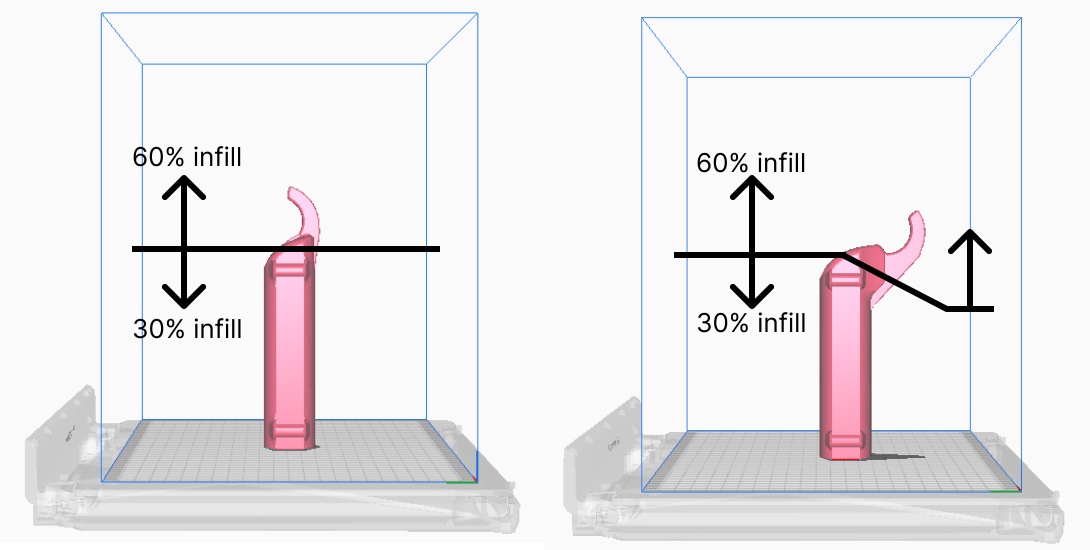
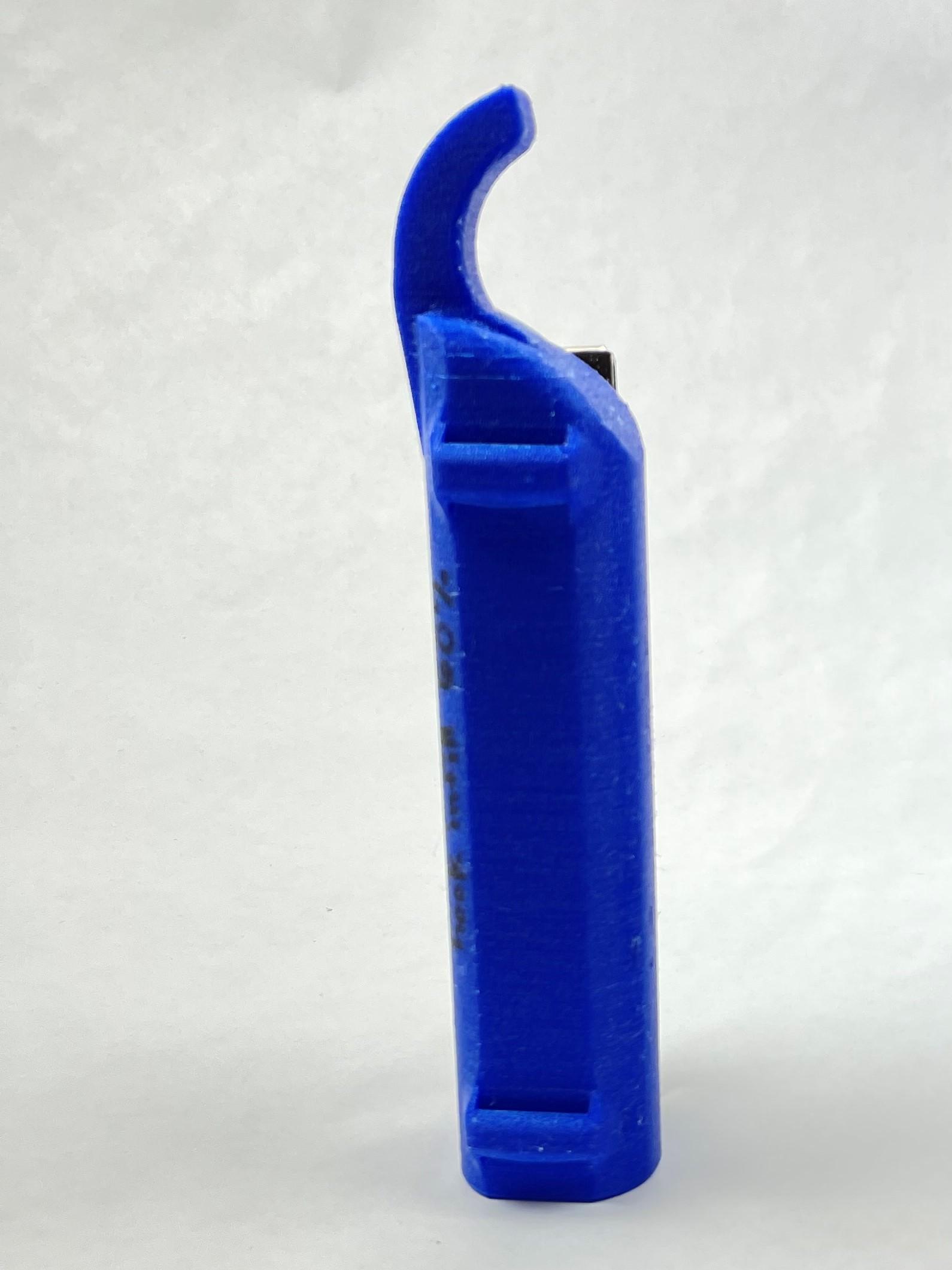
1) Open the "50 degree handle" STL file in Ultimaker
2) Set the material to TPU 95A and apply print parameter values below:
- Layer Height: 0.16 mm (for 0.4 mm nozzle)
- Initial Layer Height: 0.28 mm
- Infill Density: 30%
- Infill Pattern: Cross 3D
- Print Temperature: 220 to 250 degrees Celsius
- Bed Temperature: 50 to 60 degrees Celsius
- Print Speed: 20 to 30 mm/s
- Retraction Distance: 2 mm
- Retraction Speed: 20 mm/s
- Cooling Fan: off, or 20-40%
3) Using a support blocker, increase the infill of the hook (above the black line in above image) to 60%
4) Slice and send to printer (print should take ~10hrs and use 8.80m of filament)
Sew Hand Strap
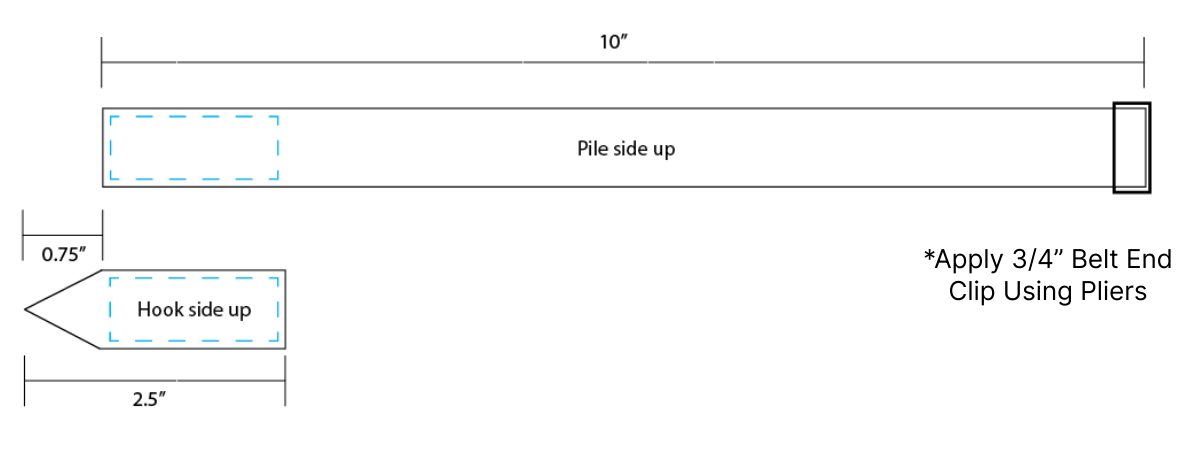
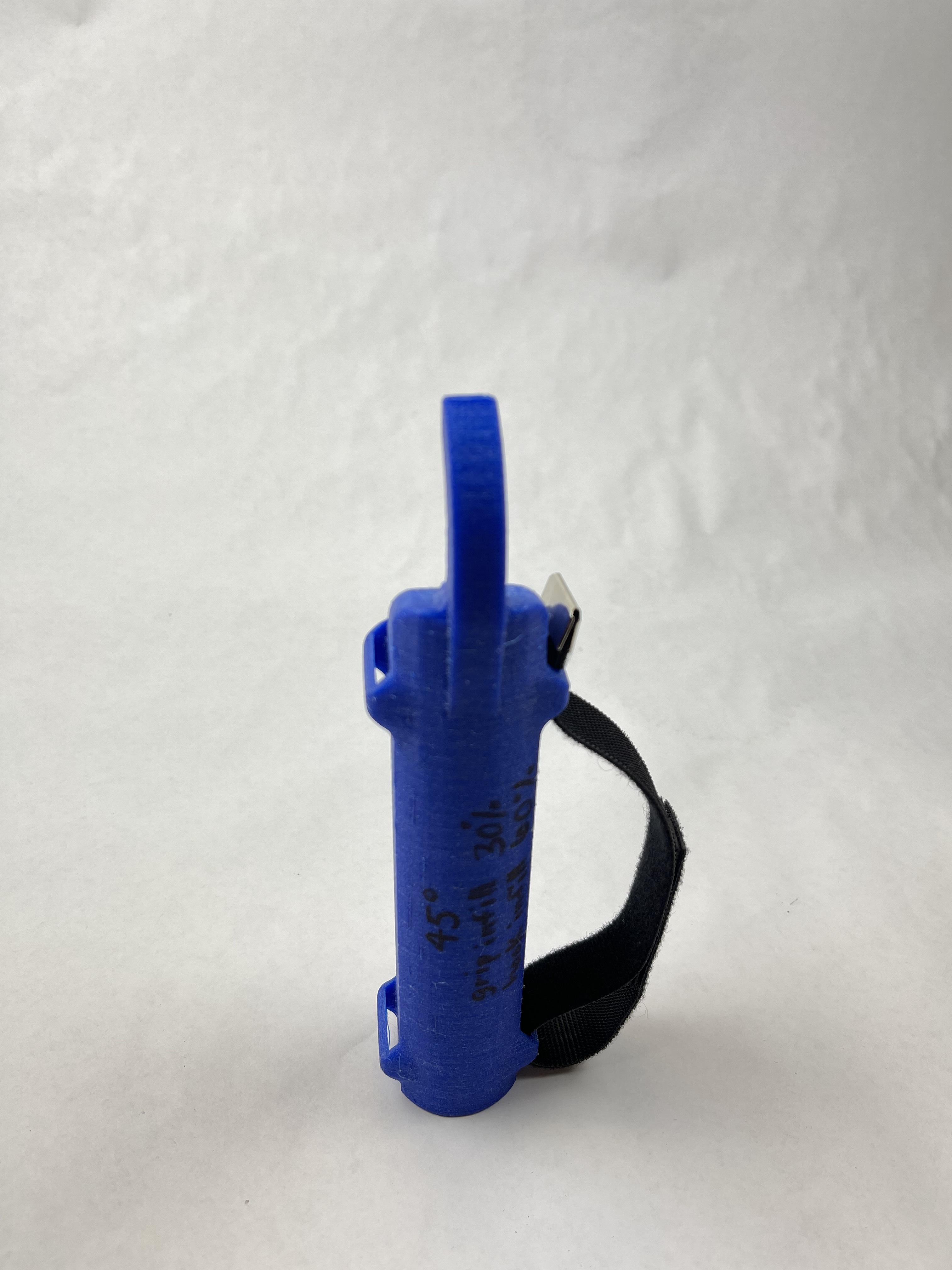
1) Cut Velcro according to pattern
2) Sew along perforated blue line (making sure the pile sides are touching)
3) Apply 3/4” Belt End Clip using pliers
Modify Bean Bags
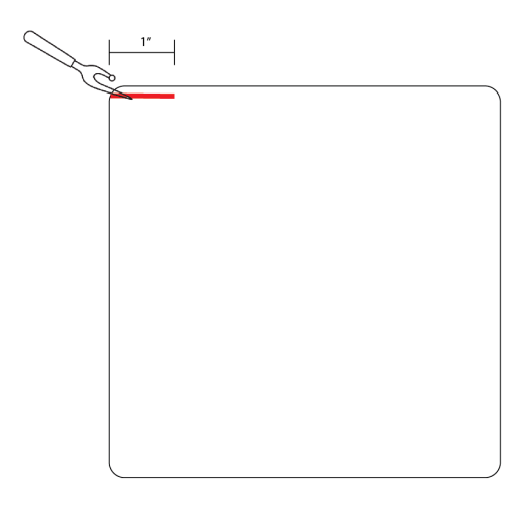
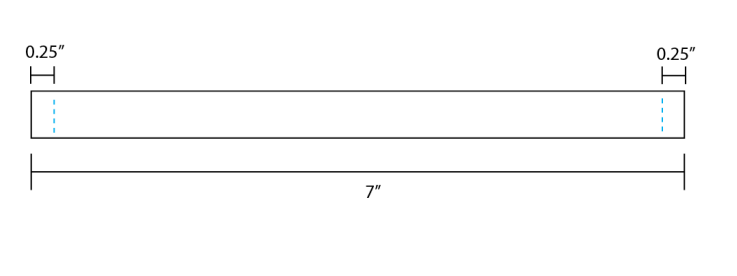
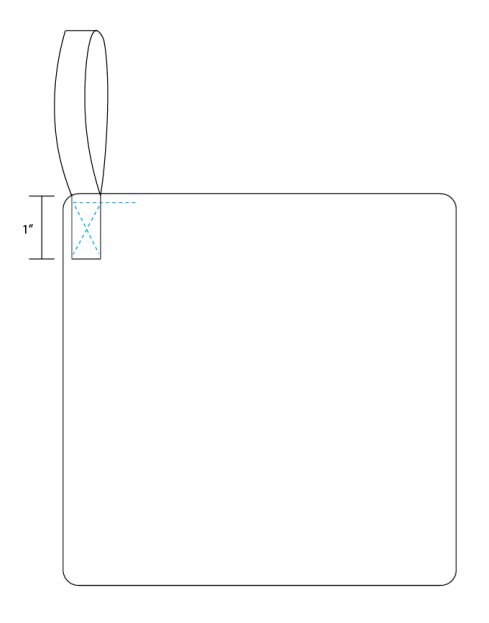
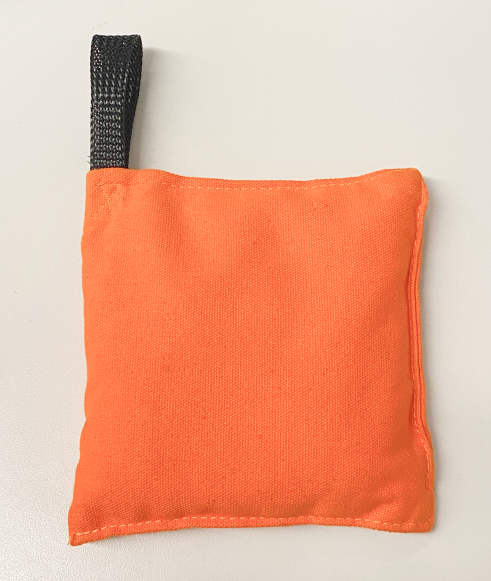
1) Use seam ripper to make 1” opening
2) Sew together ends of PET expandable Braided Sleeving
3) Insert sewn loop into bag opening and sew closed according to pattern
Acknowledgements
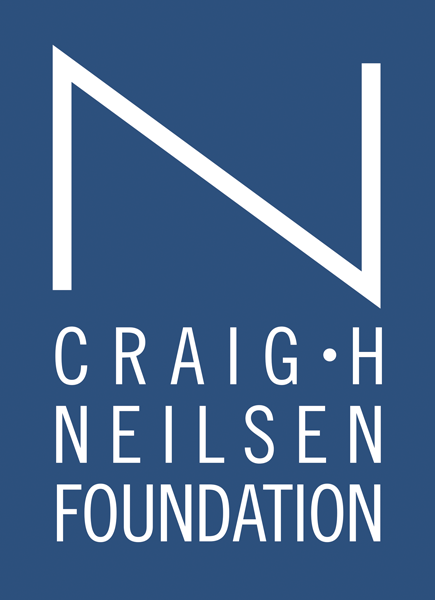
We thank the Craig H. Neilsen Foundation for providing support for this project.